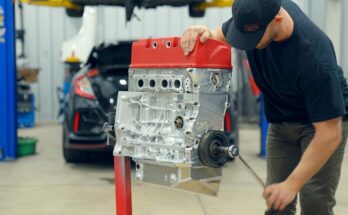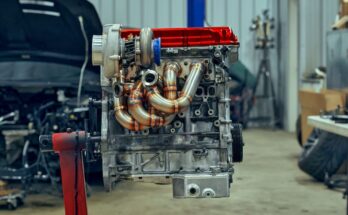It happened in the middle of nowhere — a fully loaded transport truck broke down on a busy highway, smoke pouring from the engine bay. The driver pulled over quickly, but it was clear something serious had gone wrong. Time was ticking, and every minute the truck sat idle meant lost money and delayed deliveries. That’s when an on-site emergency repair crew stepped in to save the day.
The first step was diagnosing the issue. A quick inspection revealed that one of the main coolant hoses had burst, causing the engine to overheat and lose pressure. To make things worse, the alternator belt had snapped from the heat. With limited tools and no nearby workshop, the crew had to act fast. They sourced replacement parts from a local supplier and used a mobile service van equipped with heavy-duty tools and diagnostic scanners.
Within an hour, the damaged hose was replaced, and a new alternator belt was fitted. The mechanics then flushed the cooling system, refilled it with fresh coolant, and performed a pressure test to ensure there were no leaks. While waiting for the engine to cool, they checked all other essential systems — brakes, suspension, and transmission fluids — making sure the truck was completely safe to continue its journey.
After several final checks, the truck roared back to life. The engine temperature stabilized, and the driver was cleared to get back on the road. What could’ve been a 12-hour tow and repair job was solved in under three hours thanks to quick thinking, teamwork, and the right equipment.
This story is a perfect reminder of how vital mobile repair units are to the transport industry — keeping trucks moving, goods delivered, and highways flowing smoothly, even in the toughest emergencies.


